
How to Open a Bottle of Wine

 1 portions
1 portions 4m
4mThere are a lot of ways to open a bottle of wine. And a ton of ritual and etiquette that you might want to take into account. We'll cover some basics here and point you to some links where you can learn more.
What you will need
1 bottle of Wine
1 Wine Key
(Nutritional facts 6 calories, undefined g fat, 1.1 g carbohydrates, 0.5 g protein, undefined mg cholesterol, 7 mg sodium)How to cook
1

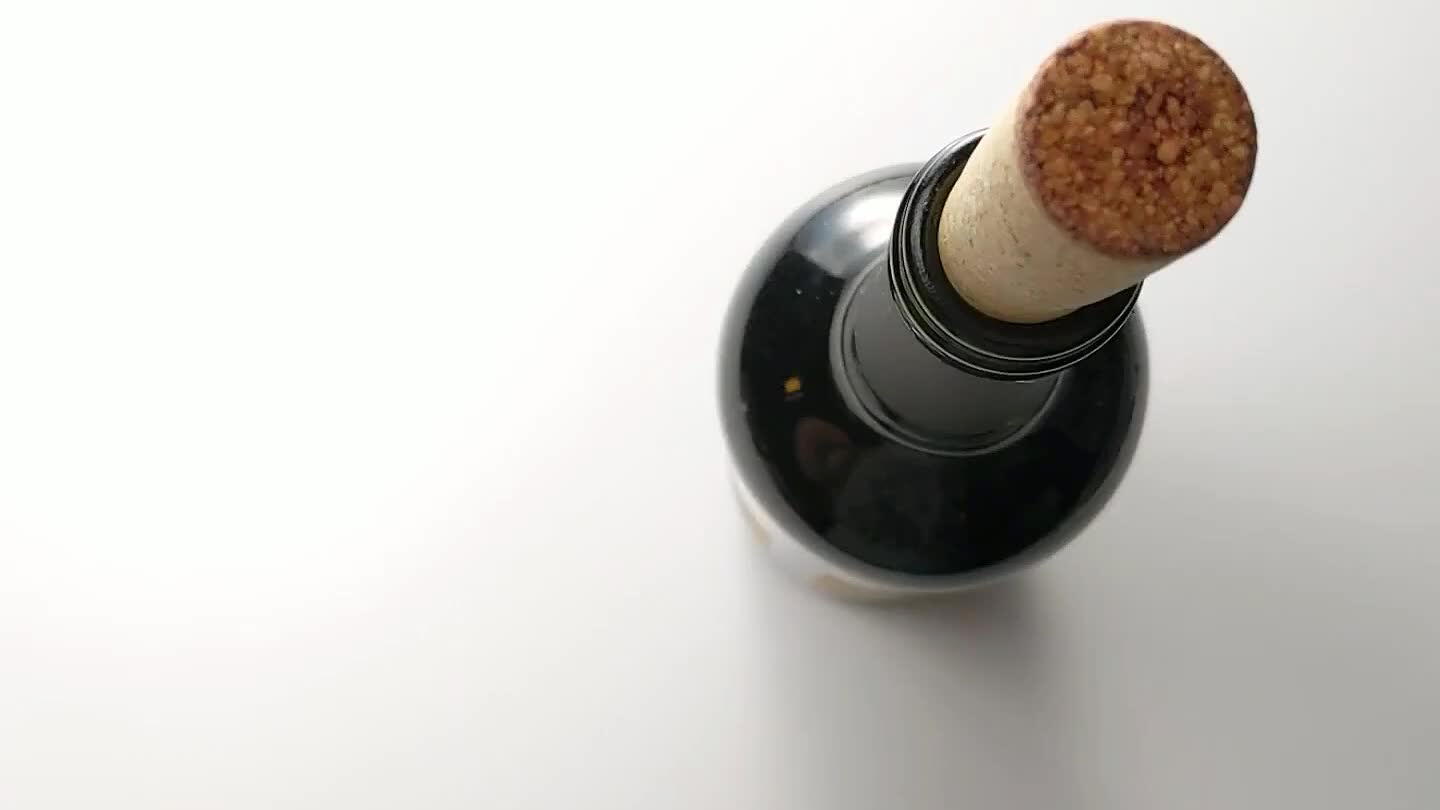
2

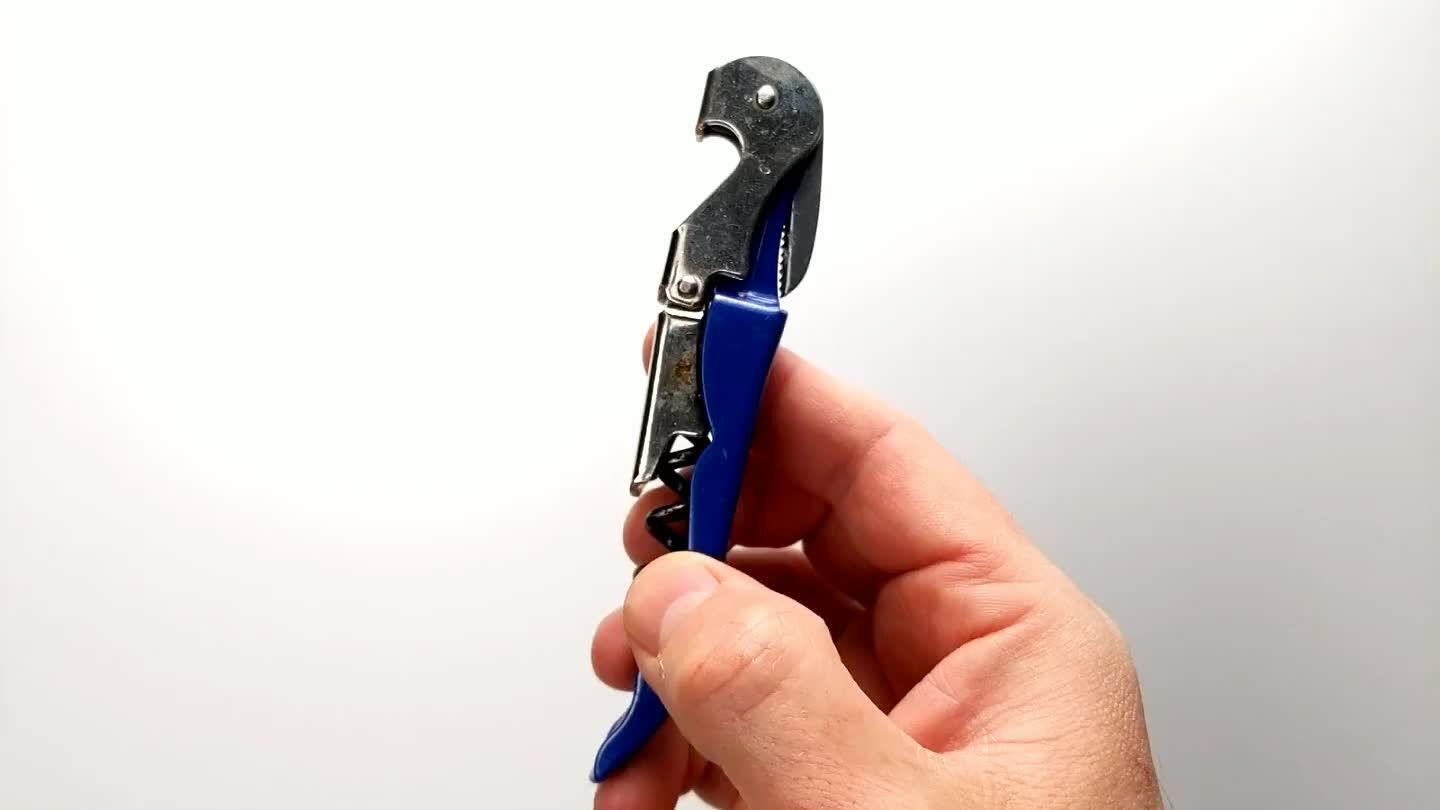
If your wine bottle isn't a twist-off, a wine key is going to be your cheapest and most effective solution to remove that cork safely and smoothly. If you can't find a wine key, you may still have options, but it won't be pretty.
3

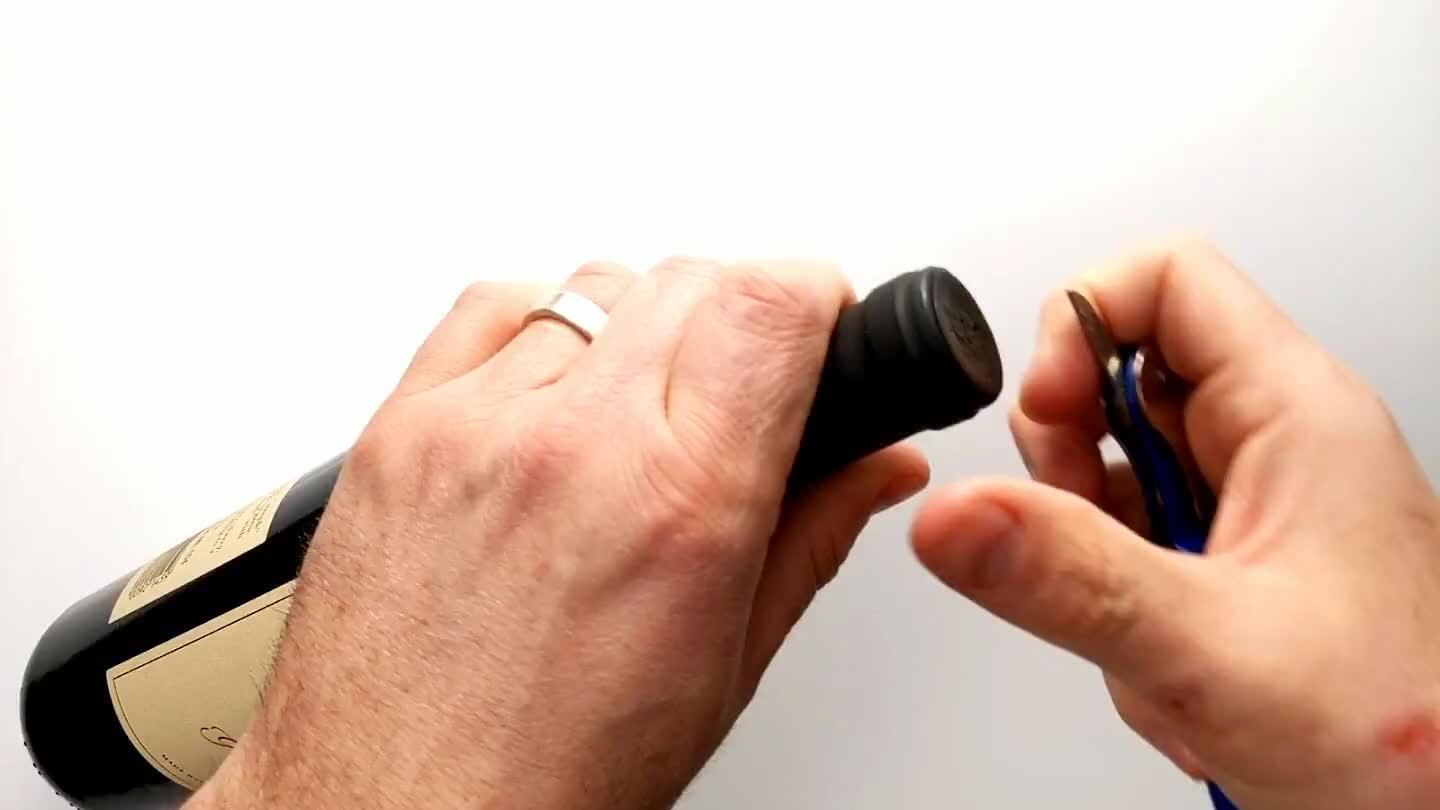
Most wines will have a foil heat shrink covering the cork. Your wine key will likely have a little fold-out blade attached to it. Use this to cut the foil underneath the lip at the bottle's mouth. Press the blade firmly against the sheath. Rotate the bottle against the blade in order to slice a ring around the foil.
4

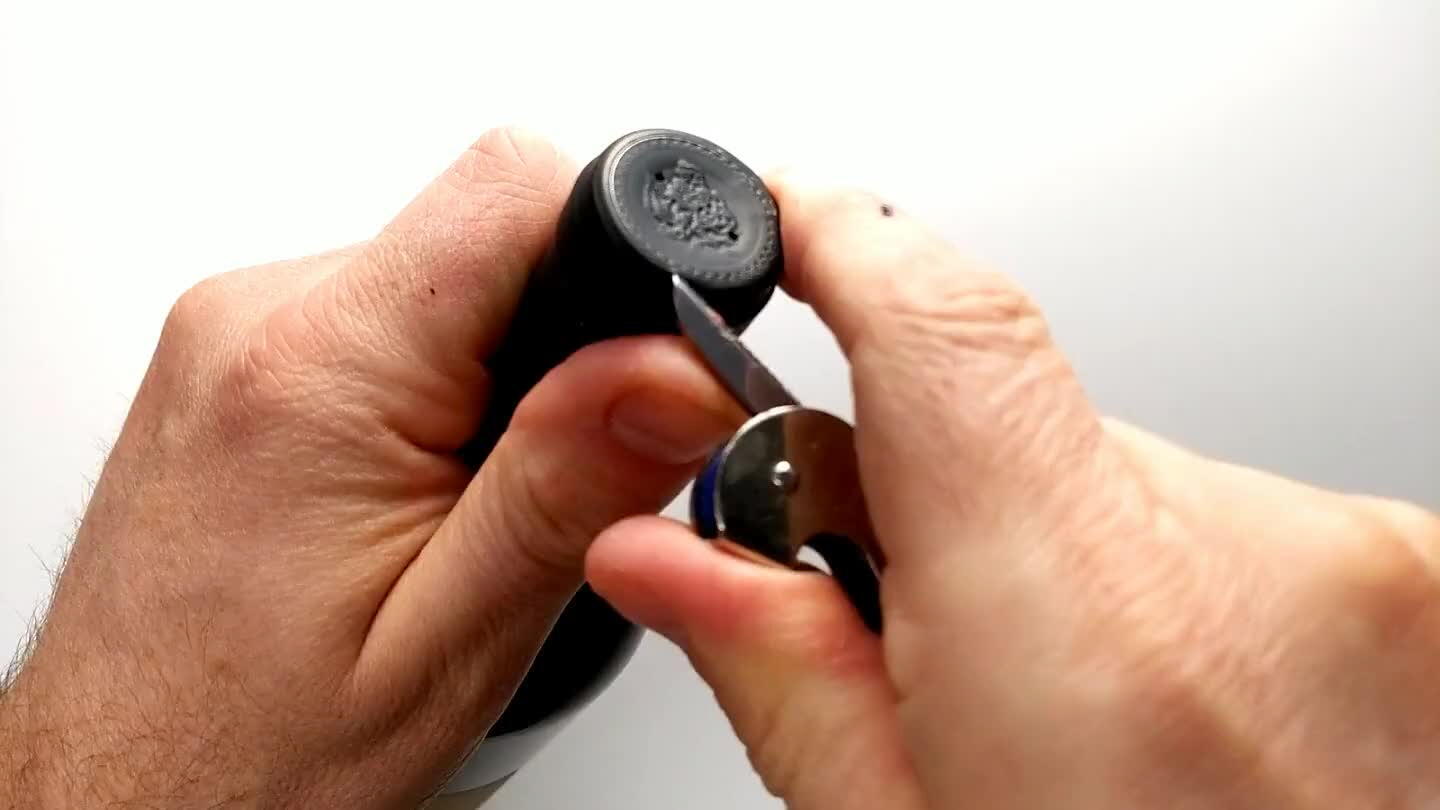
Once you've cut a ring around the foil, peel away the top of the shrink wrap to expose the cork. Clean up any jagged edges on the foil.
5


Center the curl of the corkscrew over the cork and screw it in. This may leave the point of the corkscrew slightly off center. This is correct. The goal is to ensure that the corkscrew does not breach the edge of the cork.
6

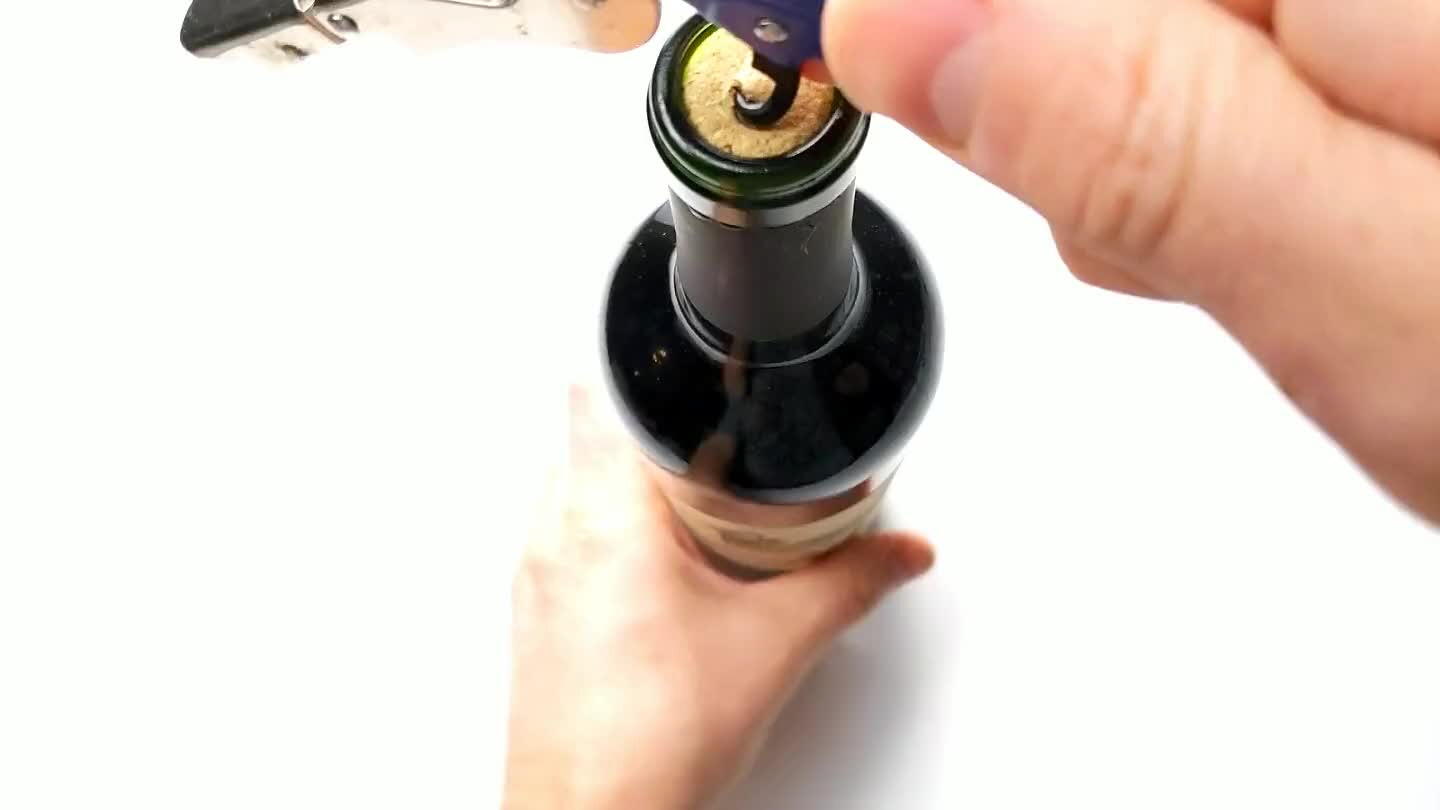
Close the key on the lip of the bottle. Good wine keys will have a hinged lever. This allows you to close the lever in two stages, applying gentle leverage to the cork.
7

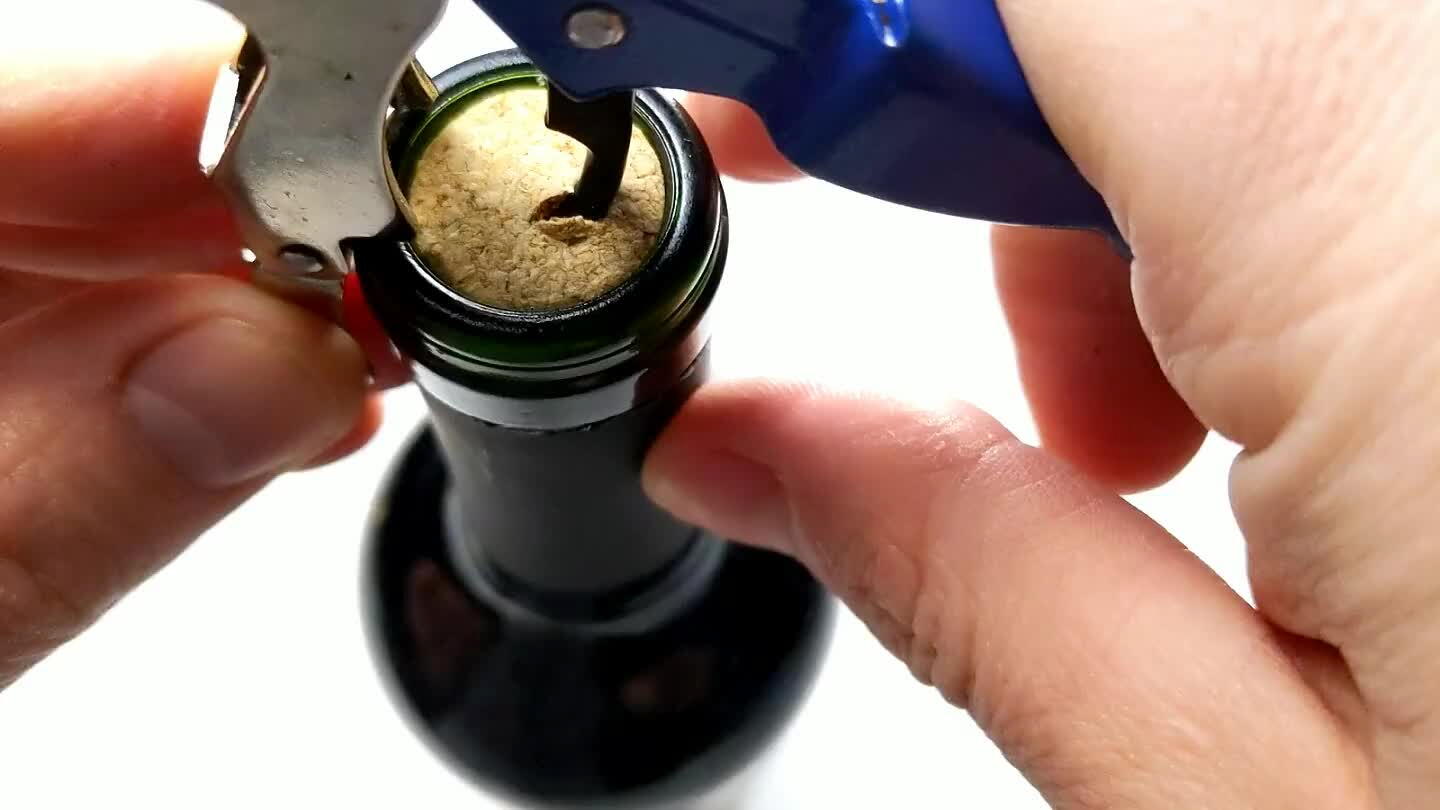
With the hinge locked on the lip of the bottle, pull the lever to lift the cork from the bottle.
8

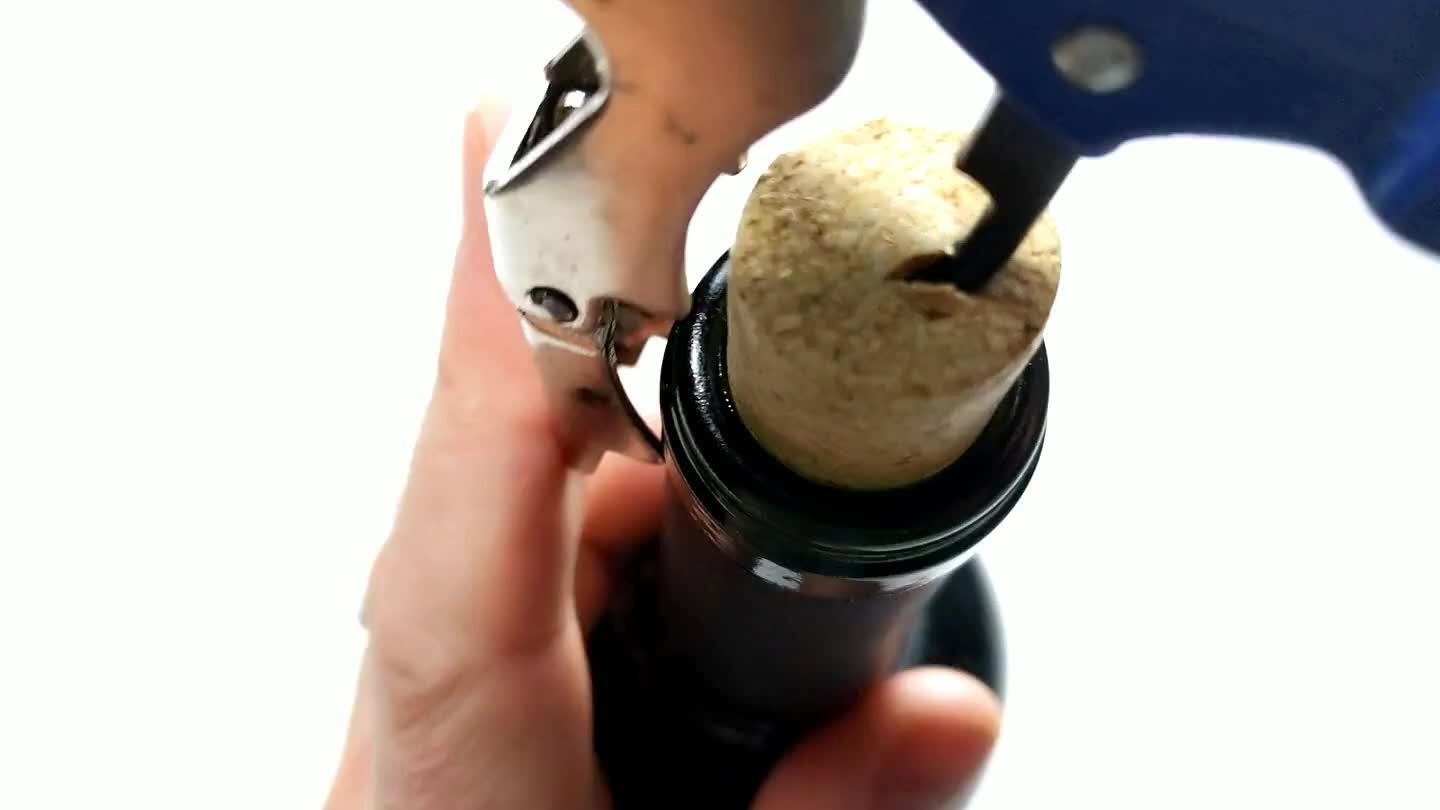
If your wine key has a hinge, the cork will only come about half way out on the first step. Press the handle back downwards to lift the lever as far as it will go. Now, lock the second stage of the lever to the lip of the bottle.
9

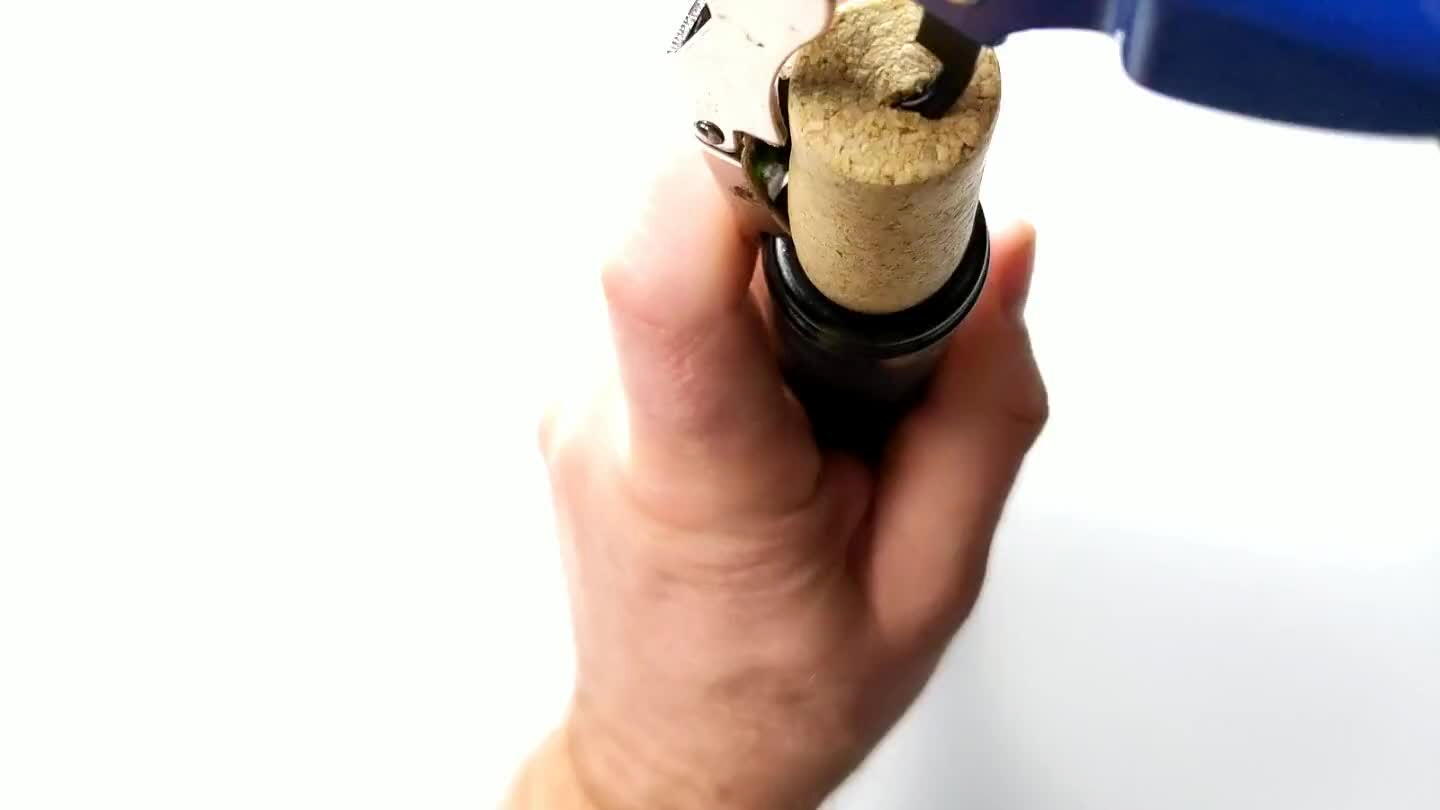
With the lever held to the lip of the bottle, again lift the handle to complete extraction of the cork. Wipe the mouth of the bottle with a clean towel to remove any dust or cork residue. Keep in mind that an older bottle may benefit from a full wipe down before serving.
10

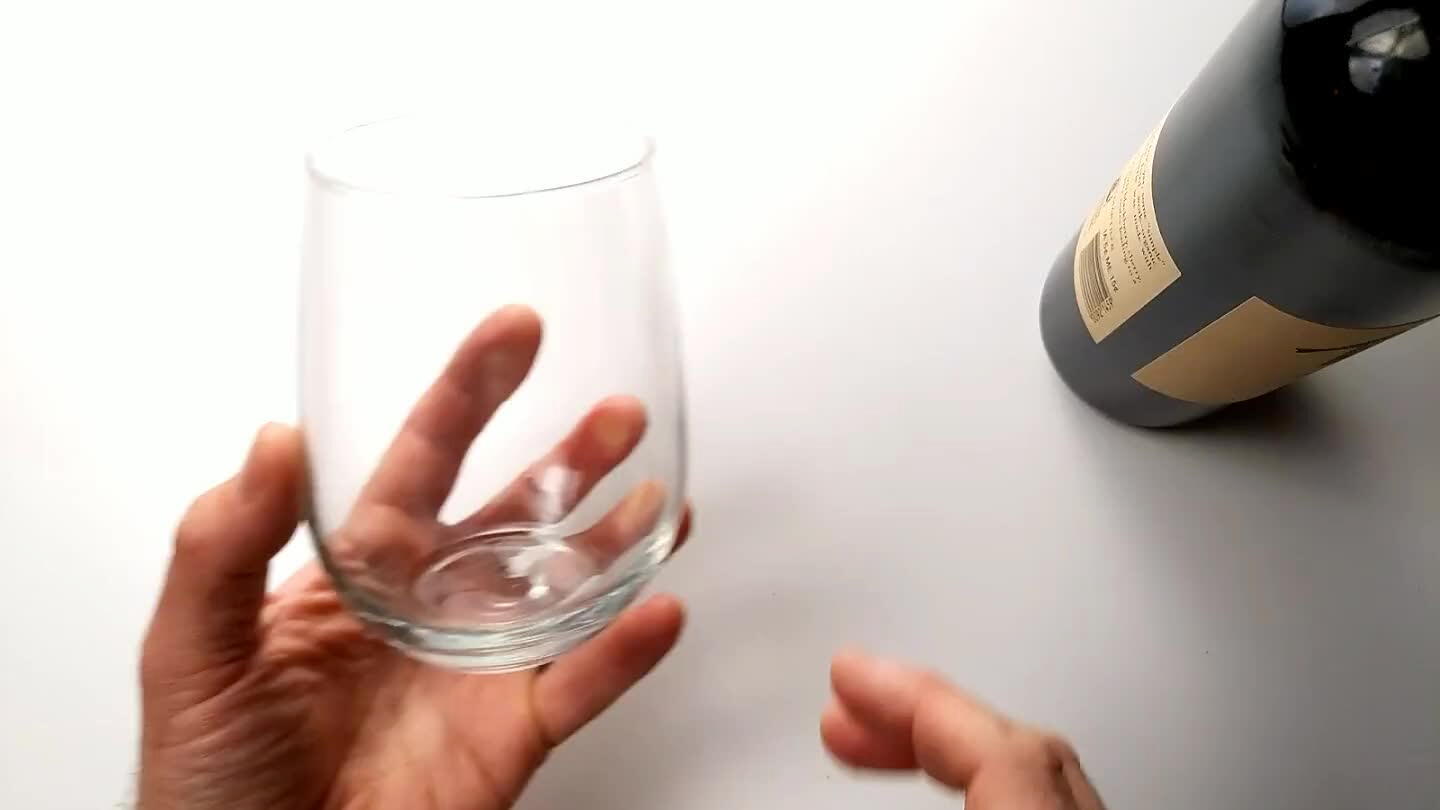
Make sure your glass is clean and polished, free of spotting. Particularly with a nicer bottle, enjoying the color, clarity and viscosity of the wine is important to the experience.
11

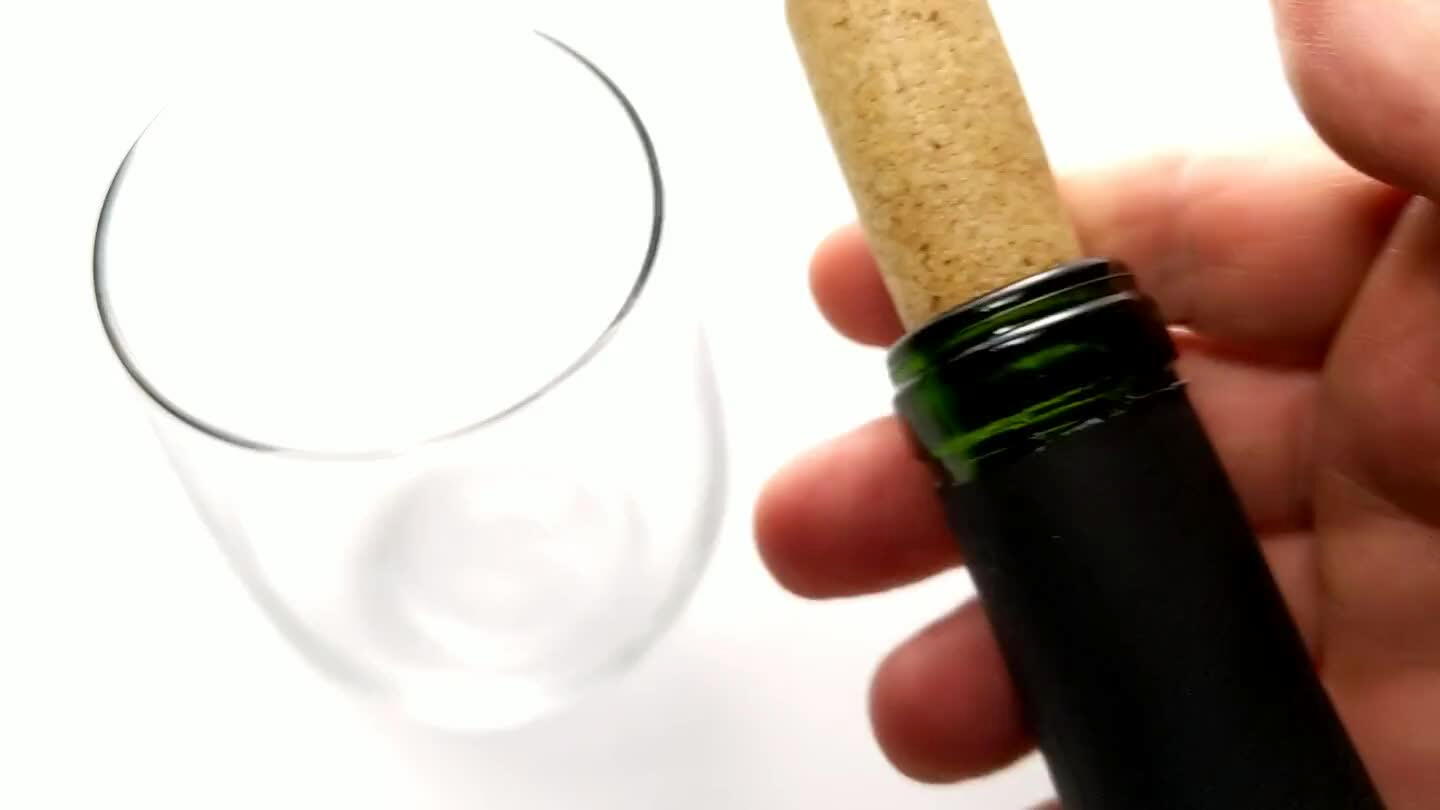
Allow for around 6" of pouring distance. Don't overpour - a standard pour is about 4-6 oz. Wine glasses are designed to trap aromas in the space above the wine. Overfilling will counter this effect. A white wine pour is traditionally on the smaller side. If your wine is chilled, it's a nice touch to wrap a towel around the neck as you pour to avoid warming the wine with your hand as it passes through the neck.
12

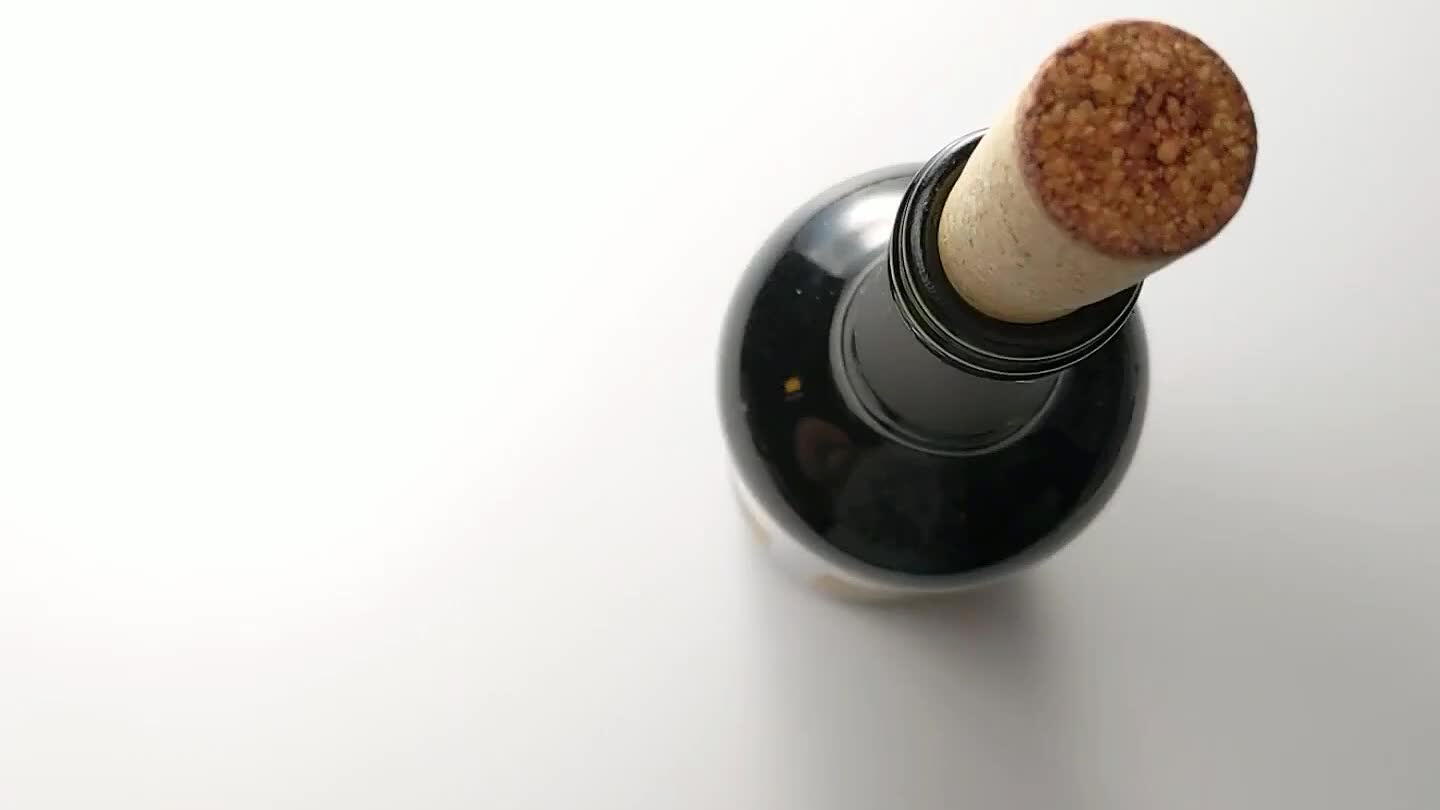

How to Open a Wine Bottle Without a Corkscrew
Forgot your wine opener? You do have options, but they're at least as difficult as going to the store to get a wine opener, messier, far less reliable, and in some cases quite dangerous. I'll spotlight a few of the most popular bottle opening hacks.